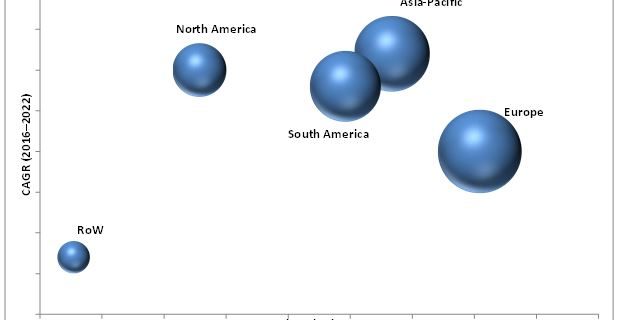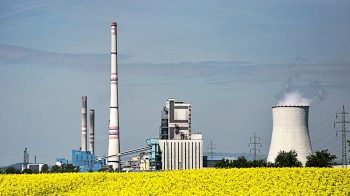
The antibacterial market in agriculture is projected to reach a value of USD 11.88 billion by 2022, at a CAGR of 4.6% from 2016. The market is driven by factors such as increase in food security for the growing population, change in framing practices and technology, and frequent occurrence of bacterial diseases resulting in a decline in crop production. With the increase in population, the need for increasing agricultural production has increased. This has led to the demand for superior agricultural techniques that not only increase production, but also protect crop health. This has resulted in the increased demand for antibacterial crop protection chemical products in agriculture, which serve as an alternative to traditional agricultural techniques.
The objectives of the report are as follows:
- To define, segment, and measure the antibacterial market based on type, crop type, mode of application, form, and region
- To provide detailed information regarding the crucial factors influencing the growth of the market (drivers, restraints, opportunities, industry-specific challenges, and burning issues)
- To analyze opportunities in the market for stakeholders and details of the competitive landscape for market leaders
- To analyze competitive developments such as new product launches, acquisitions, investments, expansions, partnerships, agreements, joint ventures, and collaborations in the agricultural bactericides market
- Analyzing the demand-side factors based on the impact of macro and microeconomic factors on the market and shifts in demand patterns across different subsegments and regions
- To project the size of the market, in terms of value and volume, on the basis of key crop type (cereals & grains, pulses & oilseeds, fruits & vegetables, and others)
Increasing investments in R&D capabilities of the key players for innovating new antibacterial products in agriculture, along with the increased expenditure on innovating new and cost-effective production processes of agricultural antibacterials is expected to change the business landscape in the next six years.
On the basis of type, the copper-based segment accounted for the largest market in the year 2015. Copper-based play an increasingly important role in the disease control of various crops. Copper-based are used to control several diseases such as bacterial canker, powdery mildew, scab, leaf spots, and rusts.
On the basis of crop type, the fruits & vegetables segment is projected to grow at the highest growth rate in the global antibacterial market in agriculture from 2016 to 2022. With the increase in consumption of fruits & vegetables in the developing countries and bacterial attack on fruits & vegetables is more compared to other crops, the demand for antibacterial products in agriculture has also increased.
On the basis of form, water-dispersible granule antibacterials were the most widely used form. Water dispersible granules provide greater stability and ease in handling during supply chain activities.
Read more @ https://www.marketsandmarkets.com/PressReleases/bactericide.asp
Target Audience:
The stakeholders for the report are as follows:
- Bactericide manufacturers
- Bactericide importers and exporters
- Bactericide traders, distributors, and suppliers
- Government and research organizations
- Commercial research & development (R&D) institutions and financial institutions
- Trade associations and industry bodies
- Associations and industry bodies such as the Food and Agriculture Organization (FAO), the International Fertilizer Industry Association (IFA), the Fertilizer Association of India (FAI), the Organic Fertilizer Association of California (OFAC), and the Association of American Plant Food Control Officials (AAPFCO)
The fastest-growing market for antibacterial market in agriculture is projected to be Asia-Pacific between 2016 and 2022. The driving factors for the market in this region are increased usage of all types of antibacterials in agriculture due to high levels of commercialization in the agricultural sector. Moreover, this region is an overall leading exporter of many cereals & grains and exotic fruit & vegetable crops to western countries of North America and Europe. The Canadian market for antibacterials accounted for the largest share of the North American market in 2015. Prominent players in this market are BASF SE (Germany), Dow AgroSciences LLC (U.S.), Sumitomo Chemical Co., Ltd (Japan), and Bayer CropScience AG (Germany). These market players have been developing a range of innovative products customized as per the needs of the farmers. They continue to expand and invest, in order to increase their market share and expand across different countries in the European region. These players adopted various strategies such as new product launches, expansions, and acquisitions and entered into agreements with leading and other local companies, to strengthen their geographical reach in the agriculture antibacterial market.
